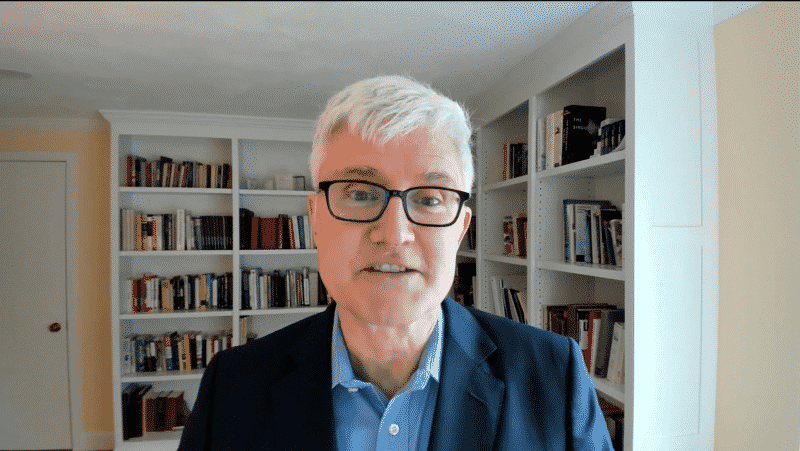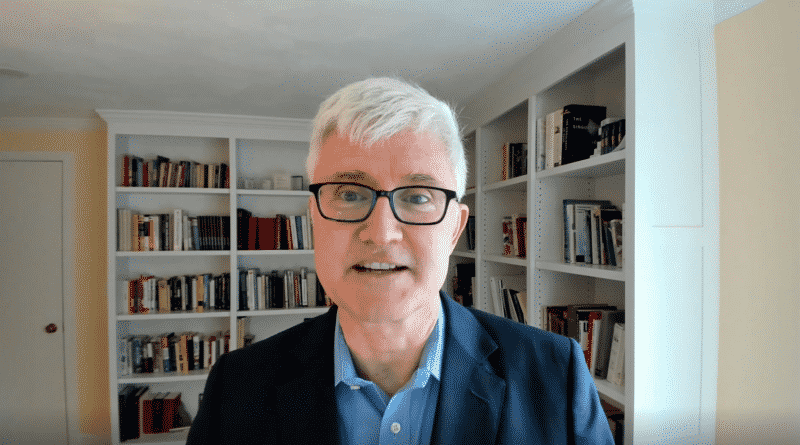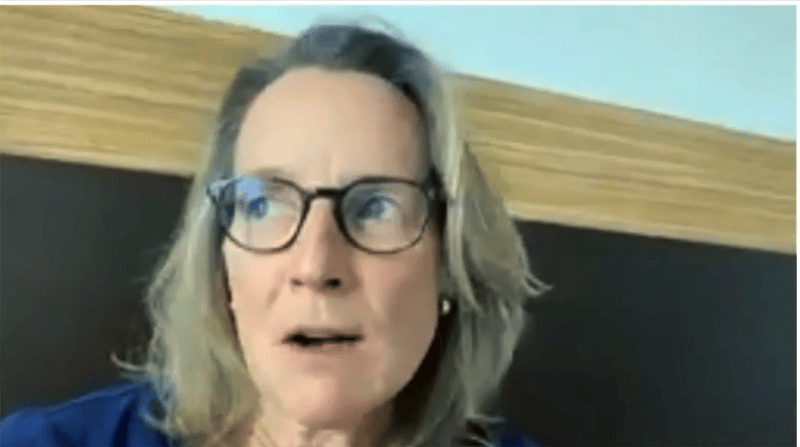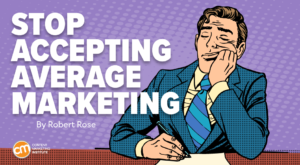
A CDP is like a map. It only helps you if you know where you want to go. But understanding your goal before purchasing technology, isn’t how some marketers operate. Shifting to this approach is essential – especially given today’s marketplace. That was the conclusion of top marketers participating in the keynote discussion for day two of The MarTech Conference.

“The conversation around marketing technology has really classically been kind of, ‘I have this set of tools, what should I do with them?’” said Cesar Brea, partner at global management consulting firm Bain & Company. “And it’s switching the client perspective from the platforms to use cases, from the means of technical delivery back to a client’s performance goals, that we see as, as maybe the most useful thing that we can begin to actually do.”
You need to know what to measure
This isn’t only because marketers have a fondness for the shiny and the new. It’s also because they’re looking for the metrics that can help them best achieve their goals.
“Over the last decade it’s felt like we as practitioners, as technologists, as advisors, have been chasing…technological changes,” he said. “First we sort of chased email testing technologies, and then it was web and mobile analytics, and then it became journey orchestration and personalization and recommendation technologies and then multi-touch attribution.”
Tech needs to be in service of goals
Ricardo Ortegon, the global VP of martech at brewer AB InBev, agreed, saying his company had a history of buying technology without a clear understanding of whether it would help achieve their goals. This resulted in a lot of it being underutilized and sometimes even forgotten after a few months or years.
What changed?
“When it comes to digital transformation…our overall strategy is entrenched in our overarching business objective. That is that we want to know consumers better than anybody else, so we can better serve them,” Ortegon said.

“From this overarching business objective we create themes or topics that we work around specific problems, or opportunities that we have, like smart audience creation, personalization at scale, full funnel marketing, real-time optimization,” he said. “Only when they agree on that do they start looking at what tech they need. “We like to say that we fall in love with a problem, not with the technology that we’re addressing.”
The rapid changes in consumer behavior brought about by the pandemic highlighted this issue, according to Betsy Schneider, director, media at Bain & Company. She said many of their clients were caught flat-footed, unable to quickly change how they connected with customers.
Identify the business challenges first
“For the majority of the clients that I’ve worked with, during this time, a lot of that flat-footedness was caused because they had so many technologies going on.” she said. “They have the CDP, the DAM, the onsite personalization, technology, analytics, really everything that makes up a stack, which is all necessary. And a lot of this complexity made it difficult to manage the communications and the priorities at a time when they really needed to be nimble.”

She pointed out one client, in the furniture industry, was struggling with the gap from their online research to their offline sales measurement even before COVID hit.
“They have lots of tools, but the tools didn’t have much integration,” she said. “And there was a bit of a gap because they only saw their customers in the furniture business once every eight or so years. And so something that had, in previous times, been more of an inconvenience [when it came] to really understanding your customer experience became this really mission-critical gap when everything then was transitioned online.”
Bake it in from the beginning
Responding to rapid change isn’t only a problem only for long-established companies.
Biopharmaceutical company AbbVie was spun off from Abbott Laboratories in 2013. Denise Campbell, the company’s head of consumer marketing, said that from the beginning the company has been acquiring technology based on its strategic goals.
First, the company did some initial benchmarking “in terms of our digital maturity relative to the pharmaceutical industry, but also looking at the pharmaceutical industry relative to other verticals like retail and financial services,” she said.
That helped them determine where they needed to start from in order to maintain their competitive advantage as a marketing company.

“And then once we planted our flag there, it became a lot easier for us…to say, okay, this is where we have gaps,” she said. Once they understood where those gaps were – whether in technology or in terms of skills and capabilities, “then we could systematically start to fill those gaps and keep moving forward and hopefully not lose ground relative to the competition.”
Agility depends on clarity
While the company was well-positioned in both approach and products to respond to the pandemic, it was hit by an entirely different change in the market.
“We barely had implemented our DMP from Adobe,” she said, when we realized “that’s going to be an antique within 24 months because of the deprecation of cookies. And so suddenly we found ourselves in the midst of a CDP implementation. I was like, ‘Well, it is what it is, but if I’d known that 12 months ago we might have done something a little differently.’”
Campbell said having a firm understanding of where you are and where you are going is the best way to prepare for the unexpected.
Know what’s essential to have
“Really diagnose the situation you’re in,” she said. Do the “benchmarking and understand what is quickly becoming table stakes versus differentiating capabilities for the business that you’re in.”
Knowing your ultimate destination will tell you the core elements you have to have in place, she added.
“You can do it piecemeal or you can do it all at once, but (whichever you choose) just walk in with eyes wide open, knowing that it’s a piecemeal solution, or an all in one,” she said. “I did have some days where I thought we had purchased all of the basic building blocks only to find out we hadn’t. So it’s kind of like you’re trying to make a cake, and then all of a sudden, you’re short one cup of flour. …Really make sure that you have clarity going in [that] if you want to be able to do three activities, make sure you have everything in house to enable you to do that.”
Read next: Breaking down the digital transformation of today’s customer journeys





